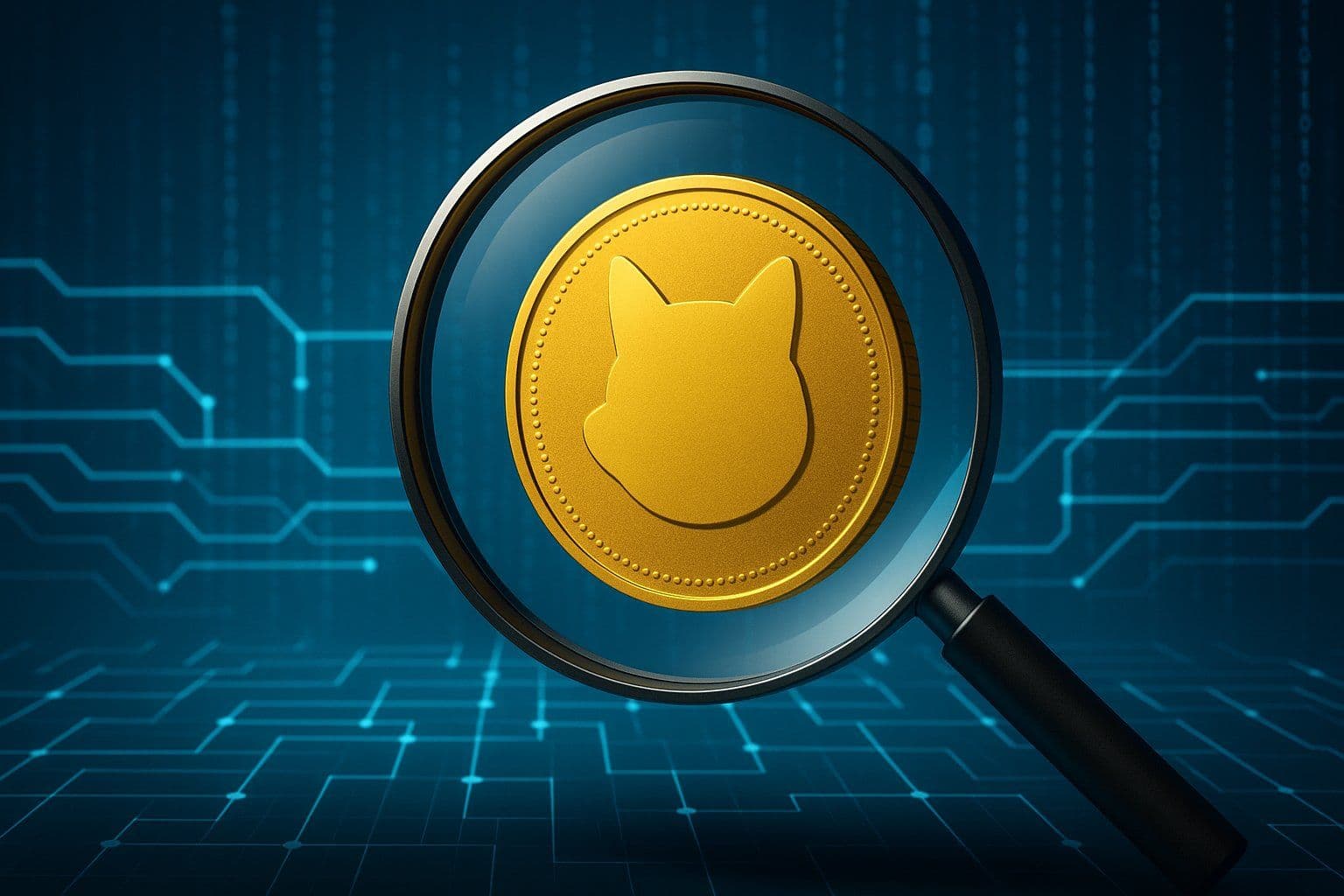The meme token market has long flourished on chaos: hype, social buzz, quick profits — and sudden crashes. But now, a growing body of academic work is starting to shine light on one of the darker corners of memecoin risk — liquidity obfuscation. A new study on “entity-linked address analysis” aims to expose real liquidity versus illusion. This could be a turning point for transparency and regulation in the meme token space.
What’s new
Researchers have developed techniques to track addresses controlled by the same sorts of wallets or entities (one person or team, or a cluster of wallets) and link them across exchanges, DeFi protocols, and on-chain flows. They then evaluate liquidity risk — not by just looking at quoted volume, but by noting where liquidity is thin or fake, where large swaths of supply are held in unmovable or high-risk addresses.
One recent study applied this to meme tokens like BabyBonk, NMT, and other viral coins. It found dramatic mismatches: tokens that look liquid on the surface often have large portions of supply held by a few speculative wallets, or liquidity that disappears under stress. In short: what you see isn’t what you always get.
Why it matters
For meme token investors, influencers, and platforms, clarity on liquidity is a huge deal. When demand spikes — because of social media, trending culture, or viral marketing — tokens often seem “liquid.” But in moments of stress, the liquidity dries up, prices crash, and holders scramble.
Entity-linked address analysis offers tools to:
- Assess true risk before investing in a meme token, by revealing how much supply is concentrated in “influencer wallets” or dormant addresses.
- Spot “fake liquidity” tactics, like wash trading or misleading on-exchange depth.
- Give users and platforms early warnings about tokens that might be structurally fragile even if trending hot on social media.
Risks and limitations
Nothing here is perfect. Some challenges:
- False positives / attribution risk. Linking addresses isn’t exact. Entities may use multisigs, mixers, or layer obfuscated wallets. Mistaken identity or poor data could mislabel fair owners as high risk.
- Data lag, off-chain risk. Some liquidity lives off-chain, in OTC contracts or centralized exchange custody, so on-chain address analyses will only see part of the picture.
- Regulatory ambiguity. Even if you can show liquidity is opaque, legal or regulatory tools to act on that information are limited. Meme tokens are often outside securities regulation, so proof of liquidity mismatch might not trigger enforcement.
- Community backlash. Meme token culture thrives in part on excitement, risk, viral momentum. Too much analysis could kill some of the fun — or project this as overly cautious, hurting merit-based surprise gains.
What to watch next
- Protocols or analytics firms that publish dashboards showing supply concentration, wallet clustering, or liquidity risk scores for meme tokens.
- Exchange listings or DeFi platforms requiring disclosure of “entity-linked wallet” holdings or supply distribution metrics as part of token listing criteria.
- Regulatory or consumer-protection bodies citing liquidity concentration as a risk for crypto investors; warnings, research or enforcement.
- High volatility memecoins that crash hard after revealing low true liquidity (acting as proof-points and wake-ups for the space).
Transparency Is Meme’s Next Phase
Meme tokens may always be speculative, fun, and risky. But the days of complete opacity — where supply can be held by a few wallets, liquidity can vanish, and communities left guessing — they look numbered. Entity-linked address research is a technical tool, but it could also be a cultural shift: memes with real transparency, so users have risk in view, not just hype.


Comments